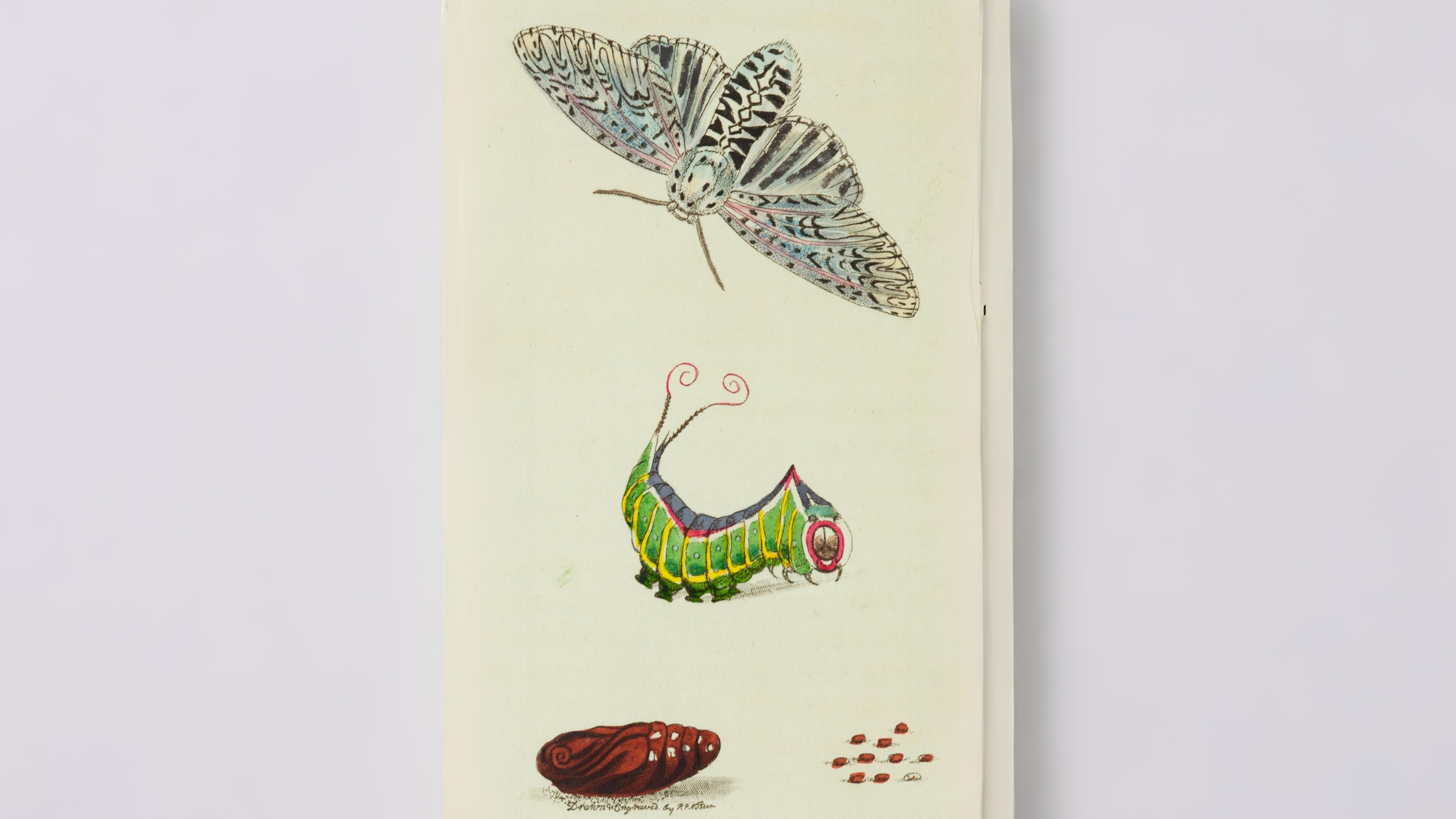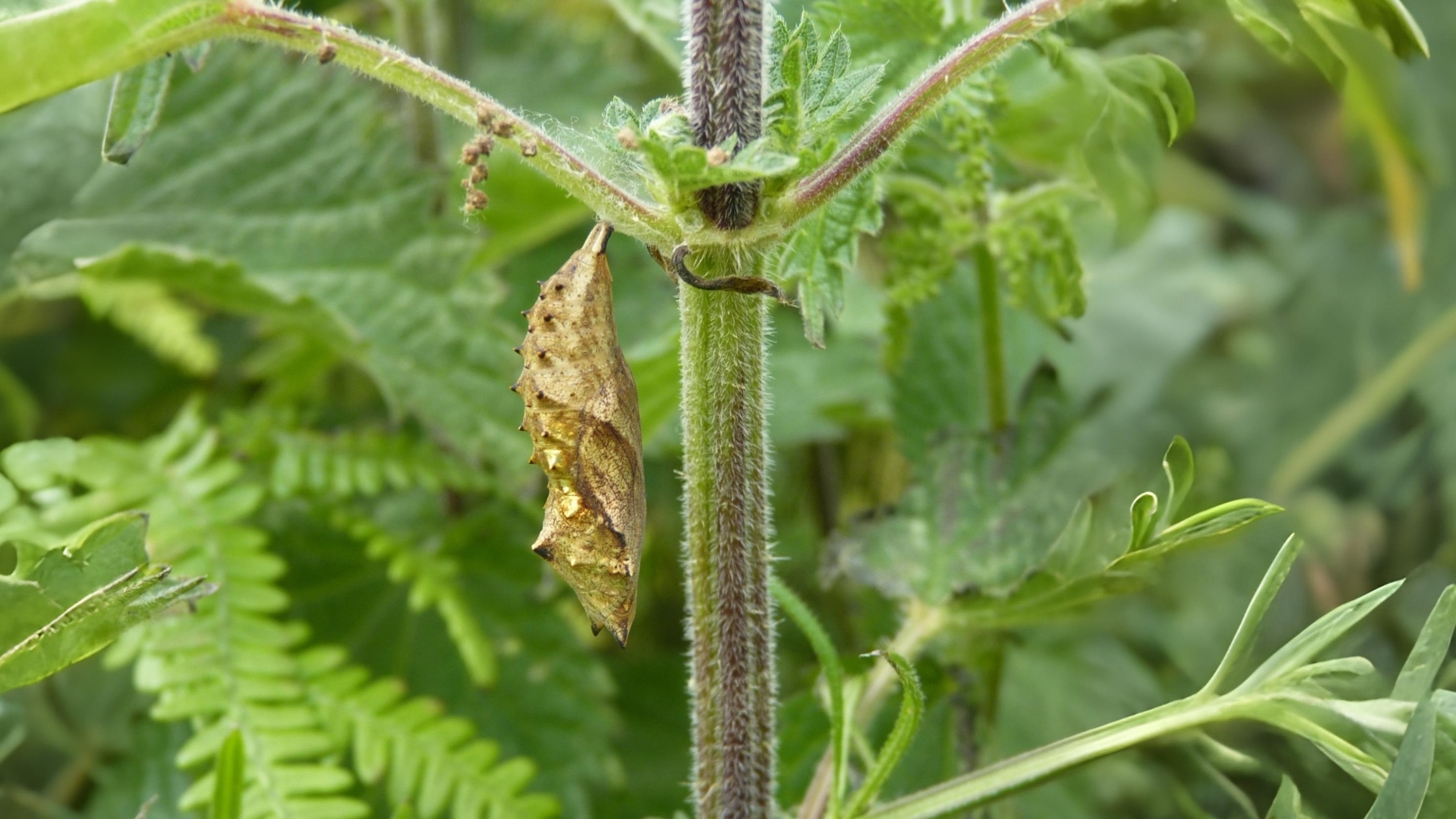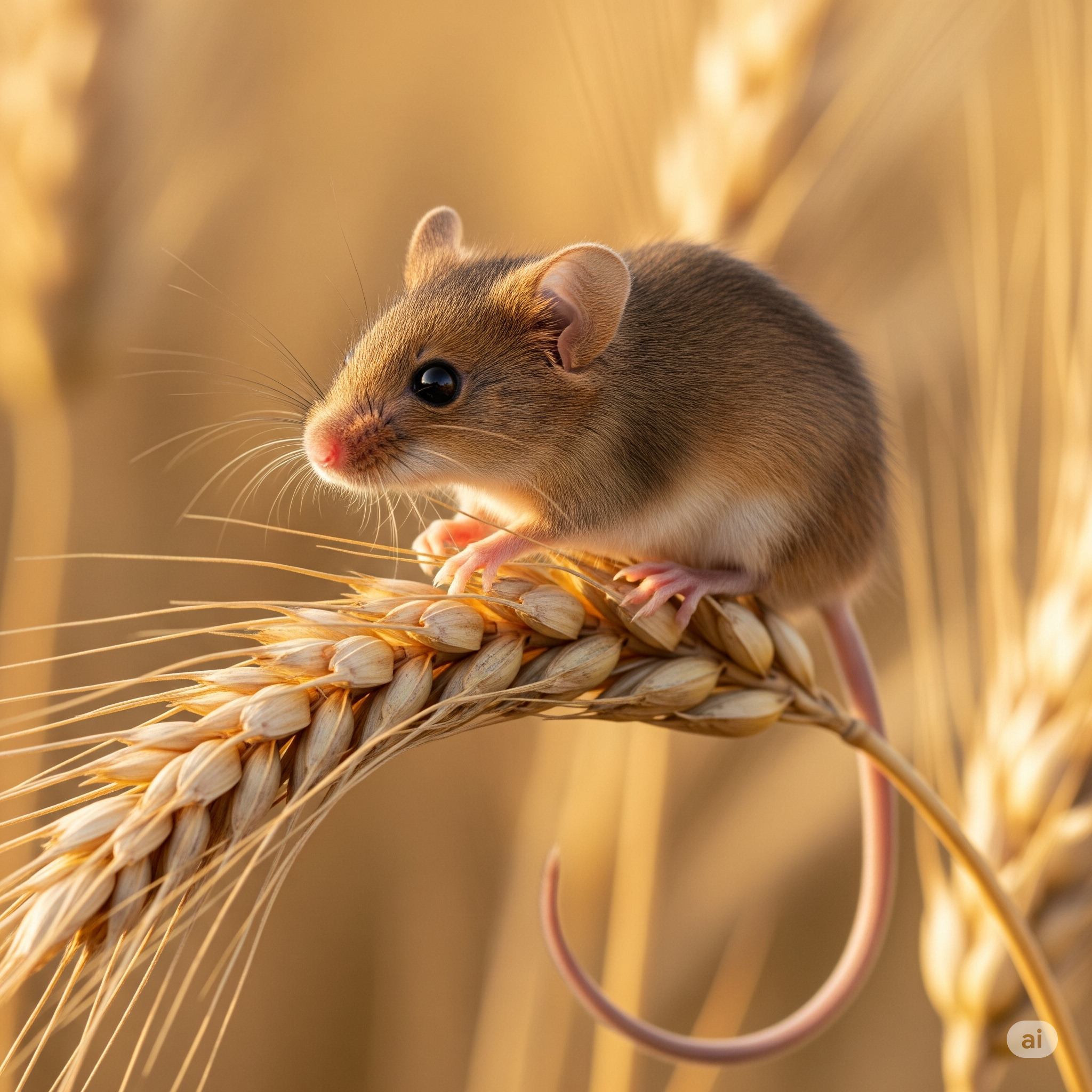
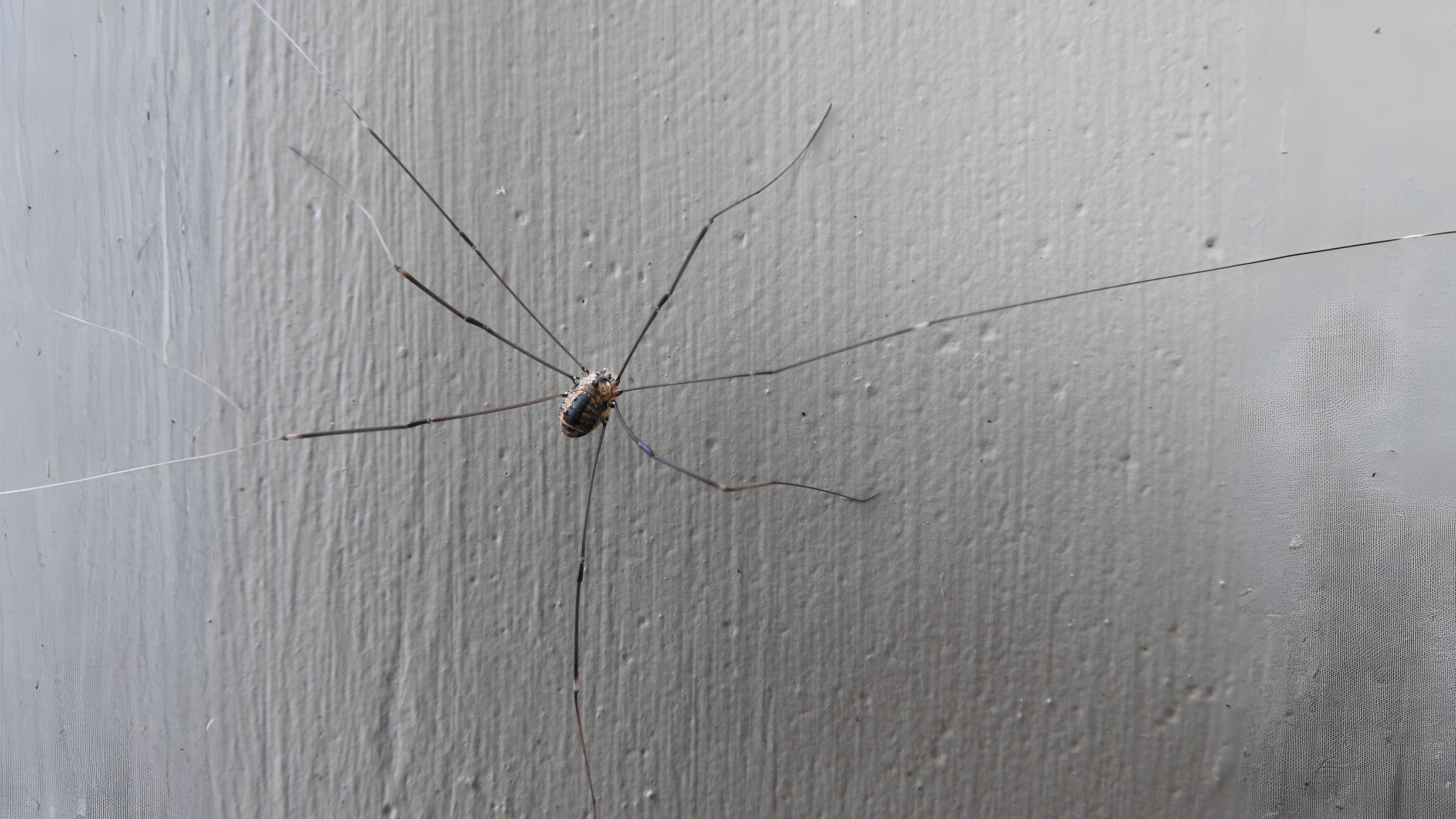

Compared with the vast number of spiders there is only in the region of twenty-five different harvestmen in Britain. Some of these have shorter legs, others stripes and they can also be several different colours. Their sac-like bodies are usually just 3 to 4 mm. in length but their leg span can often approach 100 mm. They feed on a wide range of small invertebrates e.g. worms, caterpillars, mites, aphids, springtails and small snails but also decomposing vegetable matter.
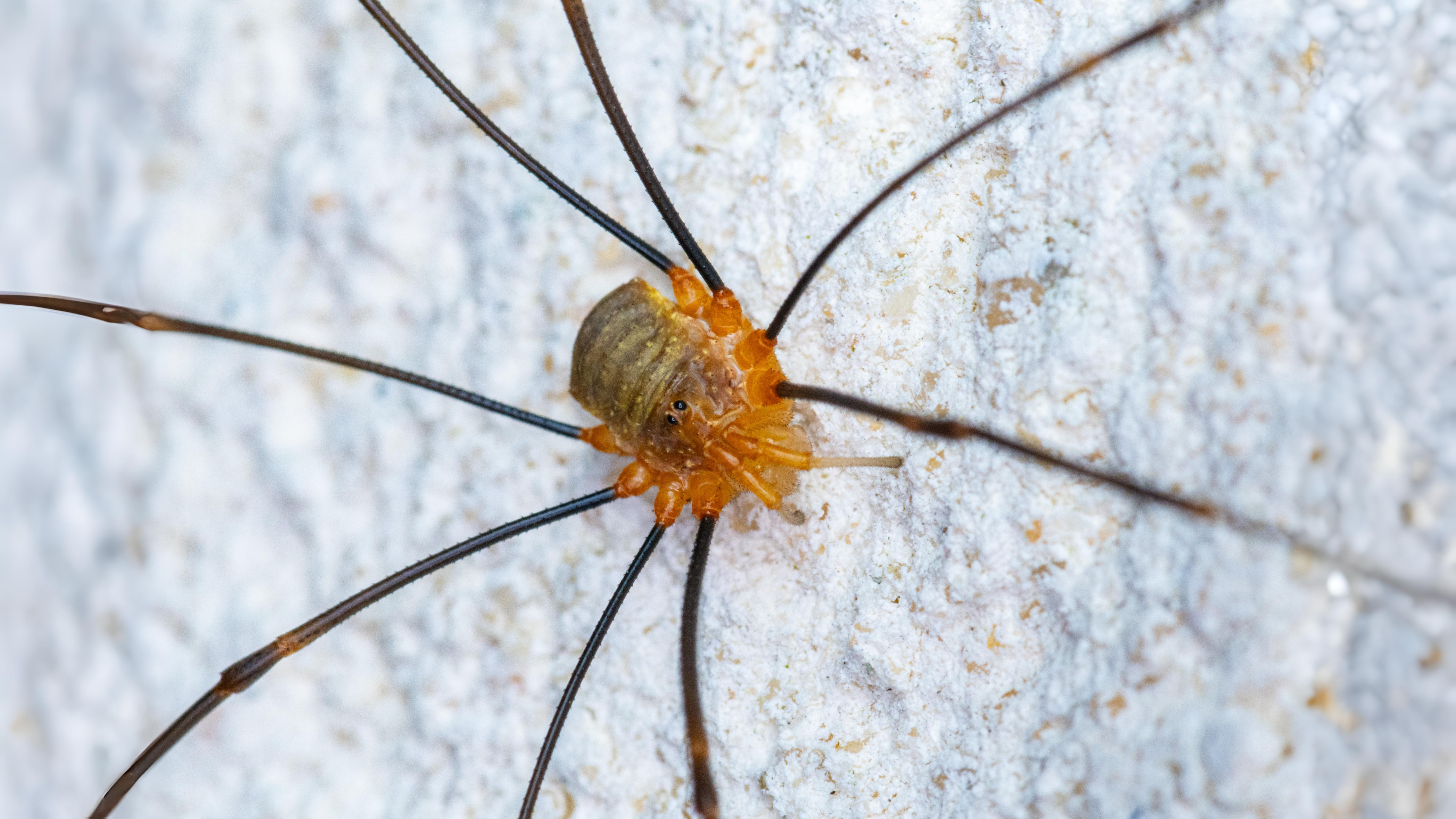

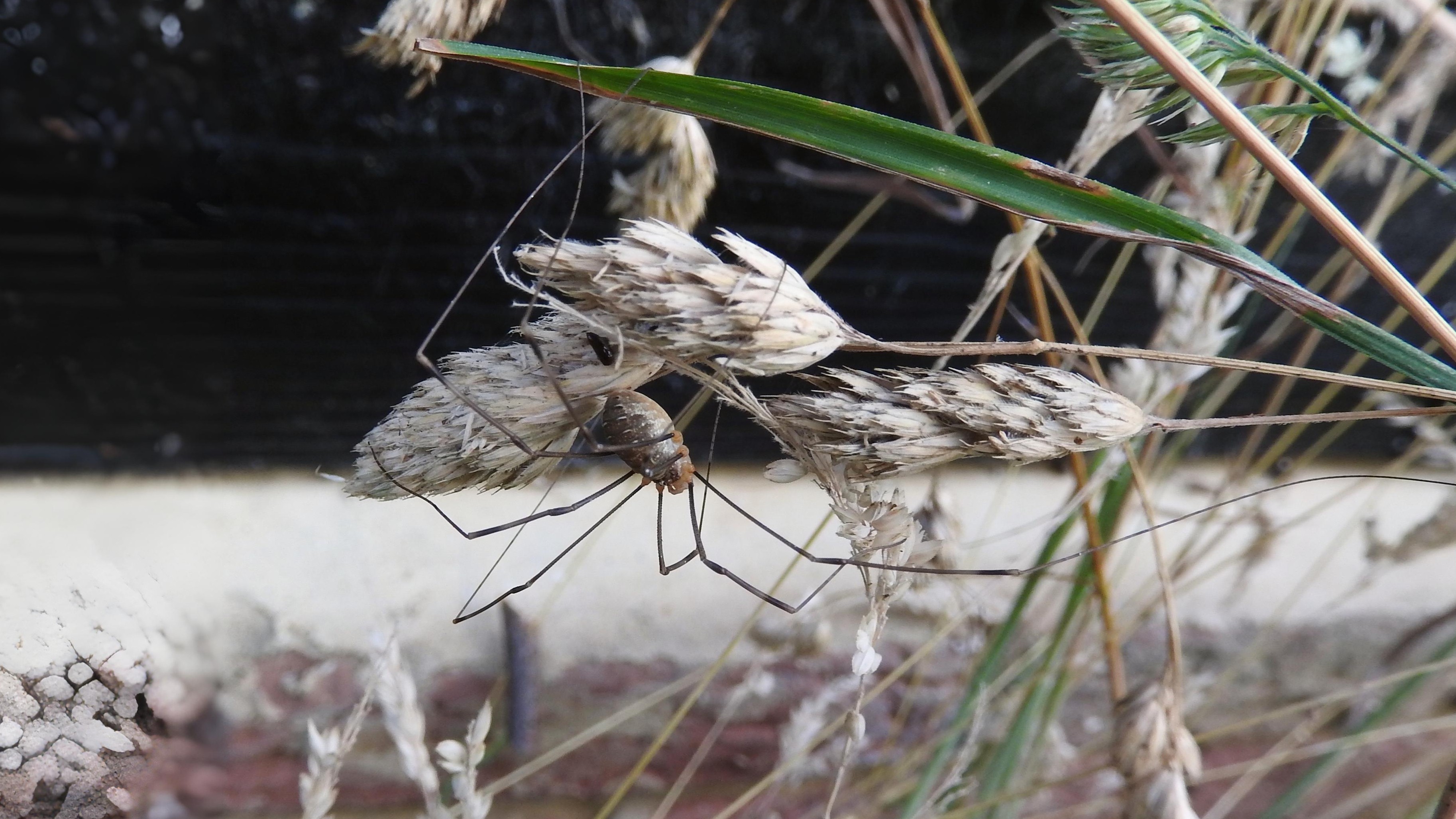

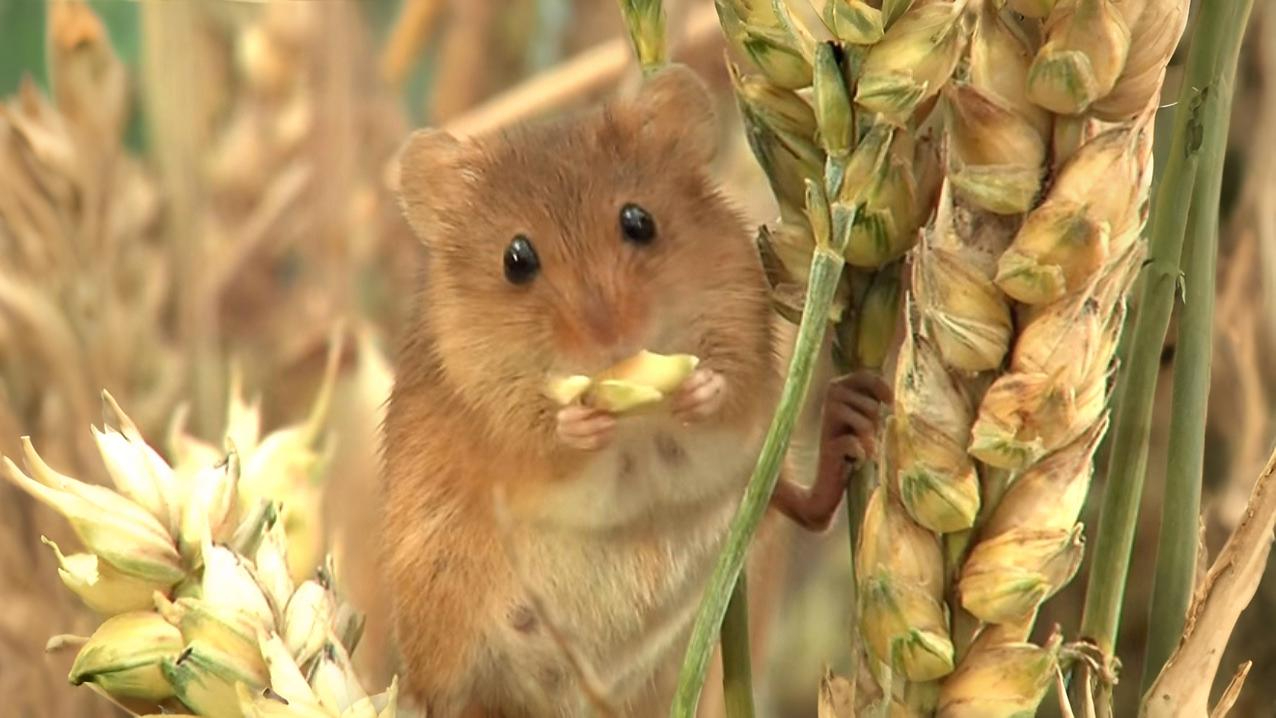

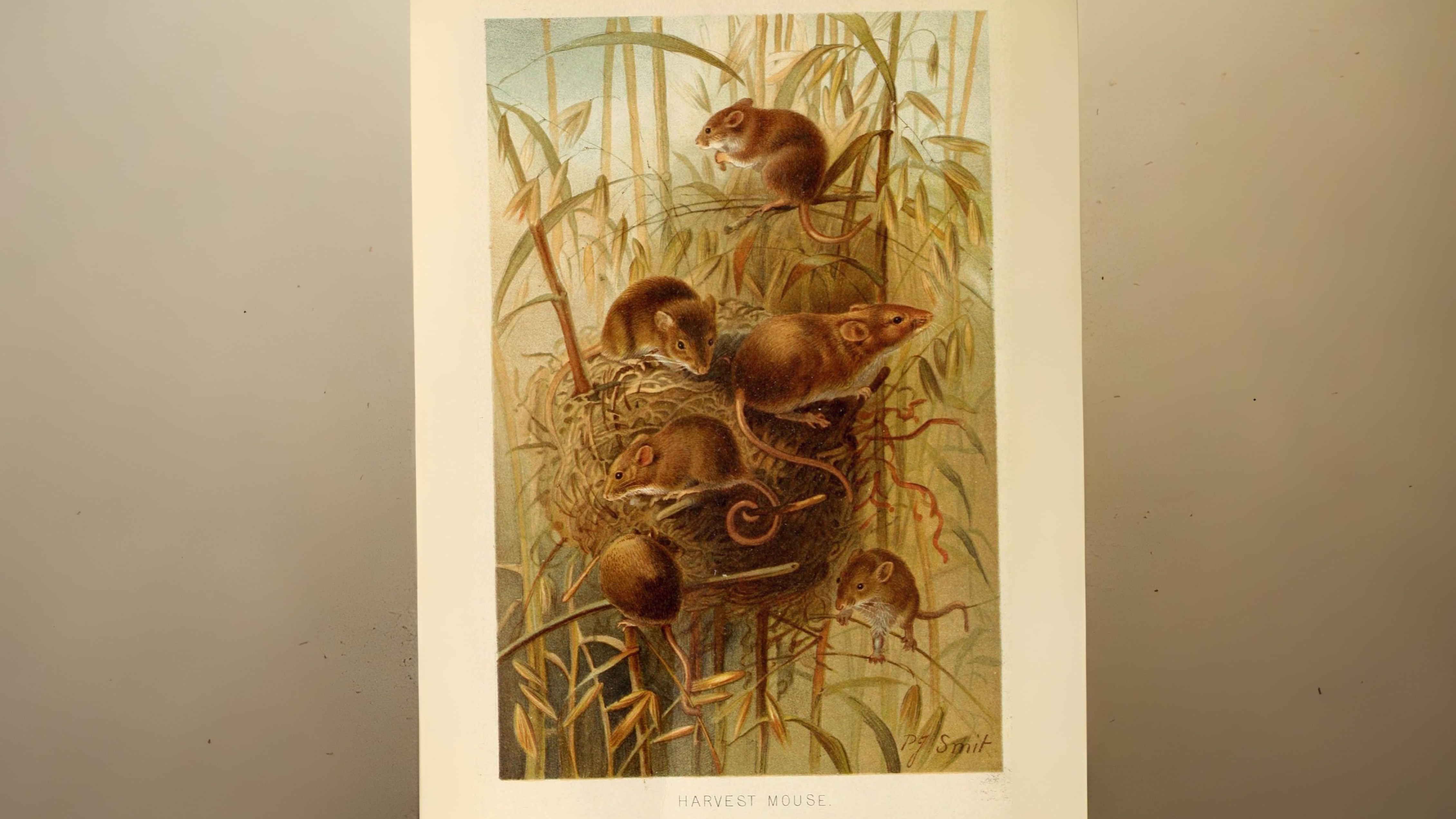

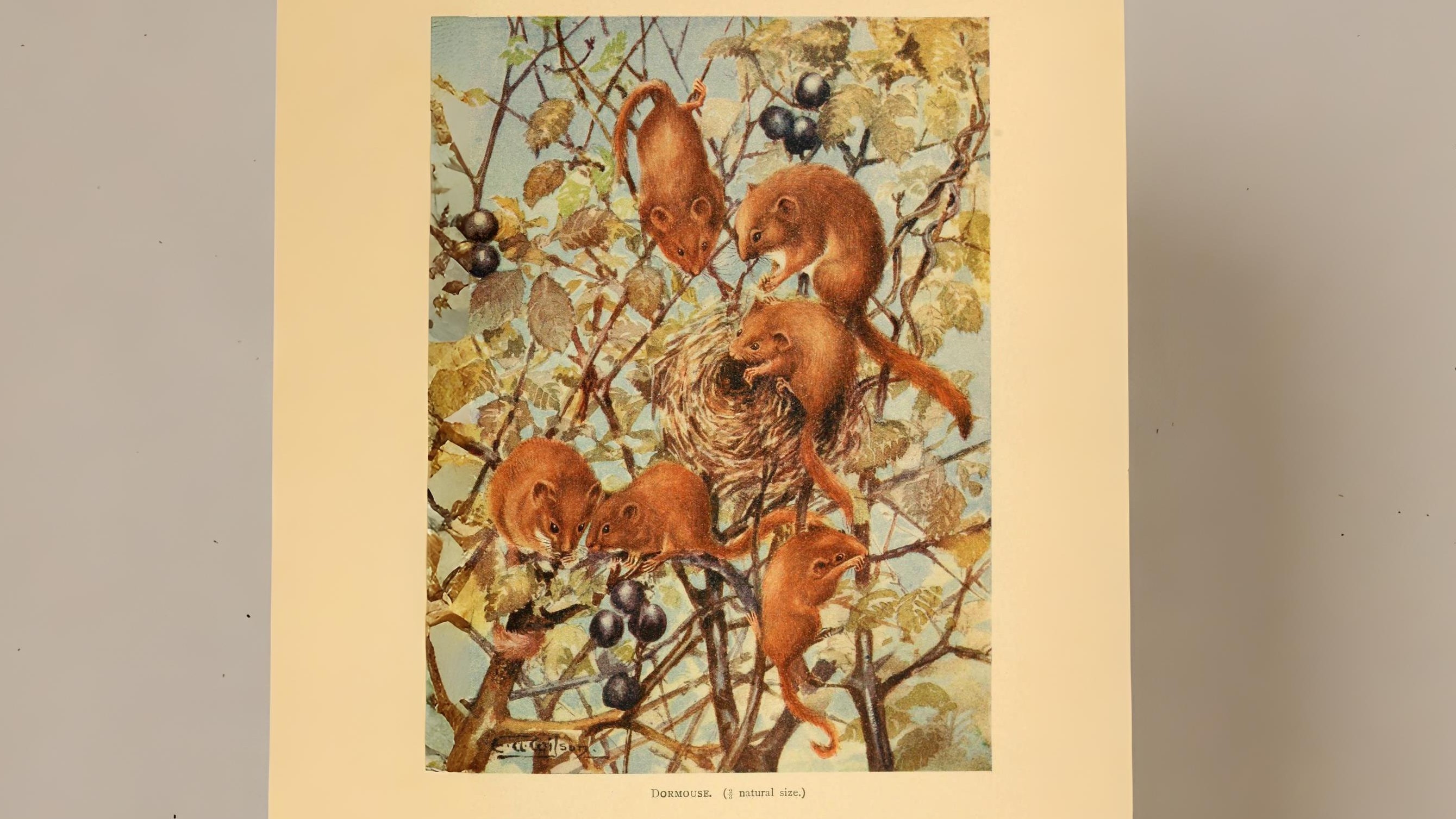

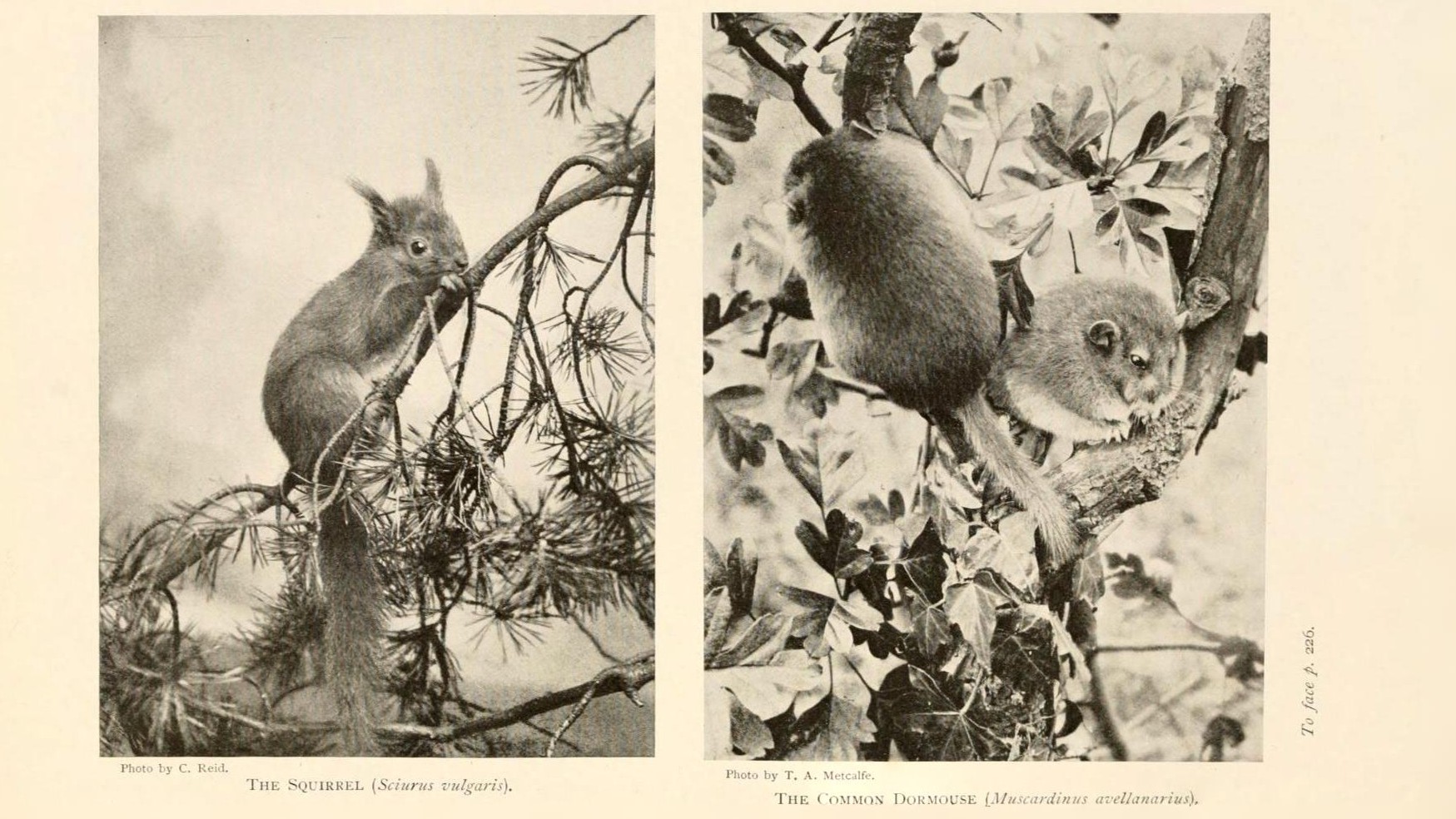

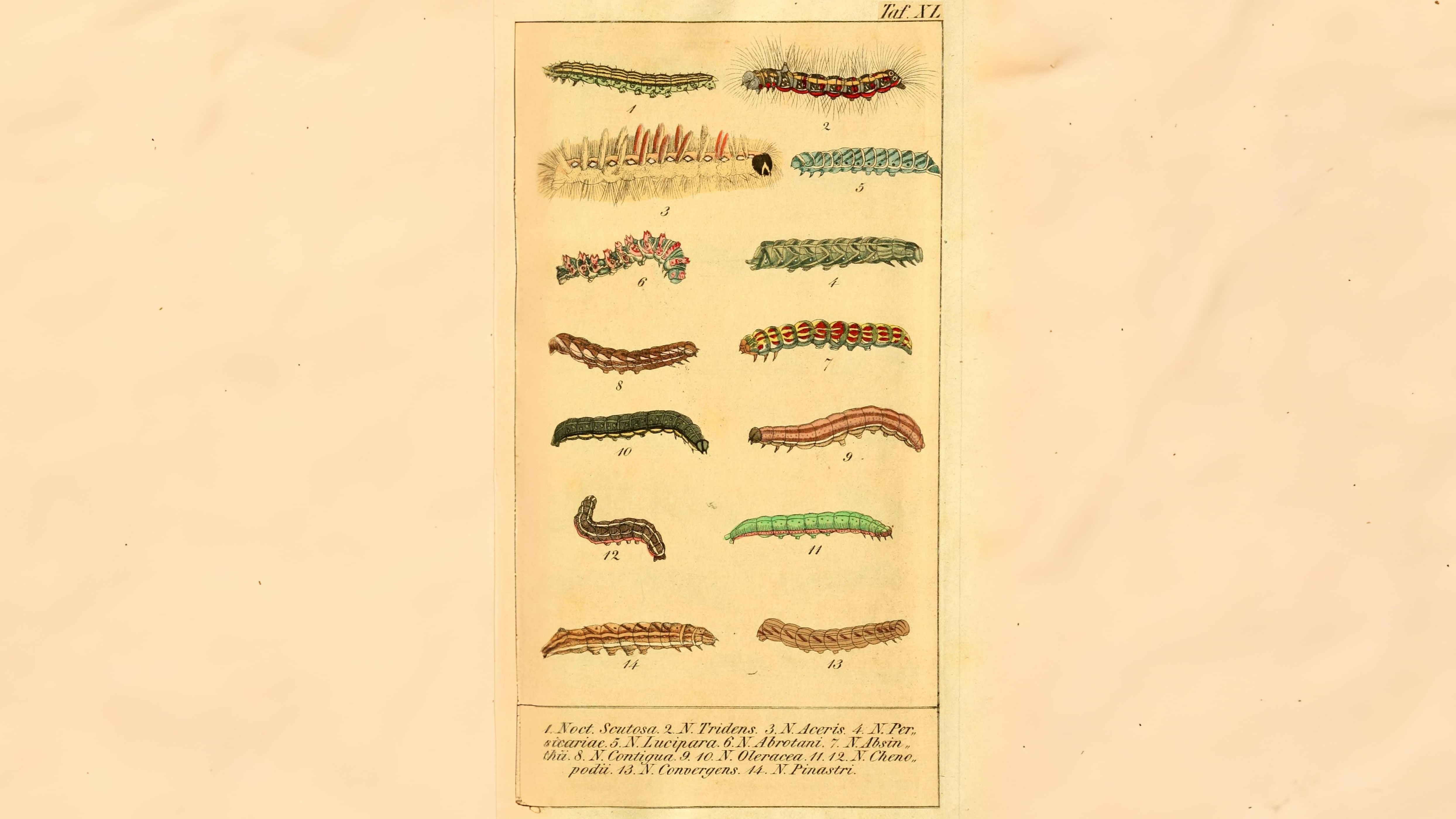

Many species rely on camouflage to protect them from predators but others prefer bright warning colours or long poisonous hairs. Some that have spent the summer feeding in tree canopies now descend the trunk of the tree to pupate in the ground. On these journeys we often notice them either on a trunk or crossing paths or pavements.


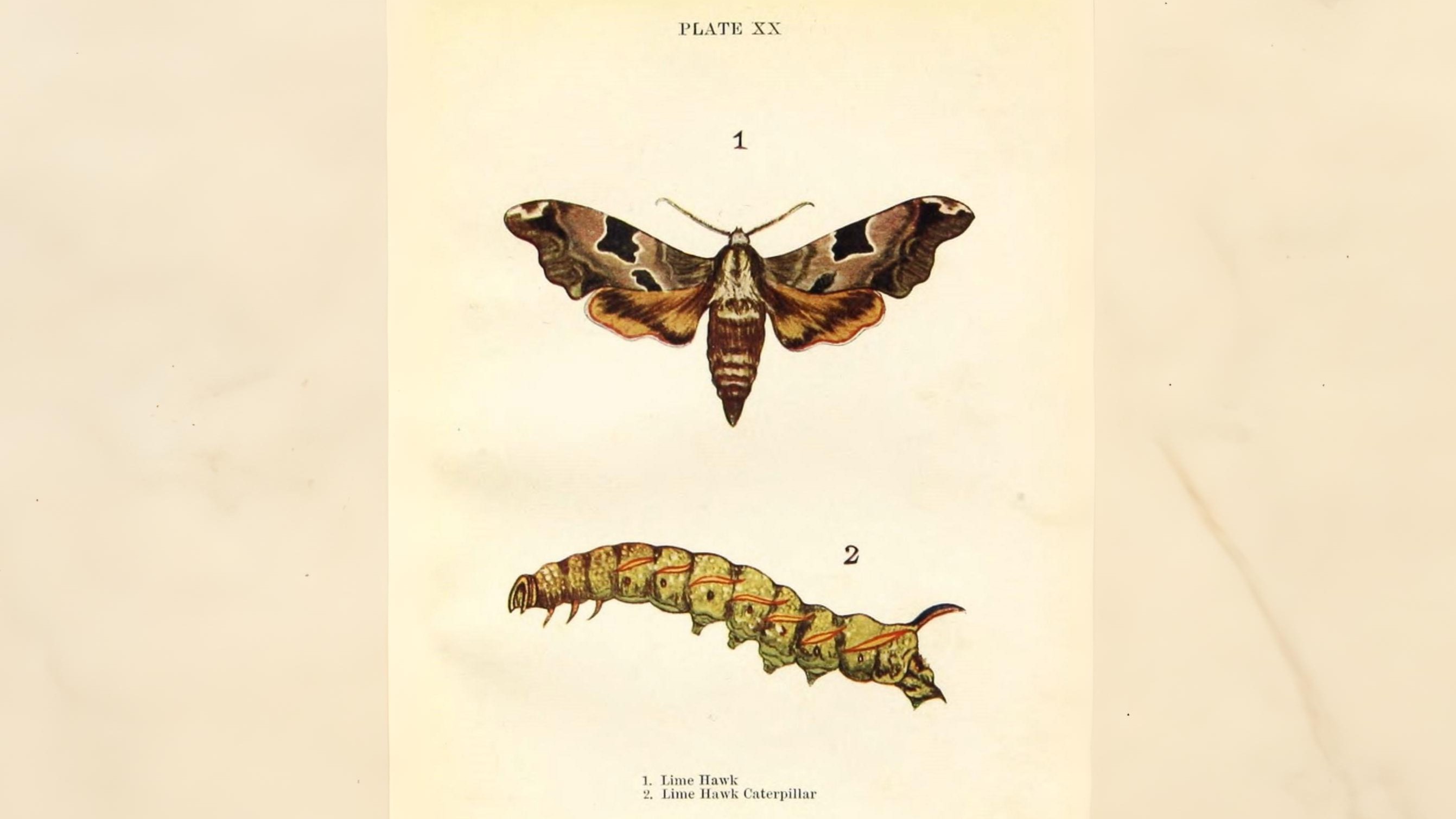

One of the caterpillars most likely to be seen this month is the black and orange-yellow striped Cinnabar moth Tyria jacobaeae (30 mm.) defoliating ragworts. The centre of London is not a place you would ordinarily look for caterpillars but two you might see are the Sycamore and the Vapourer.
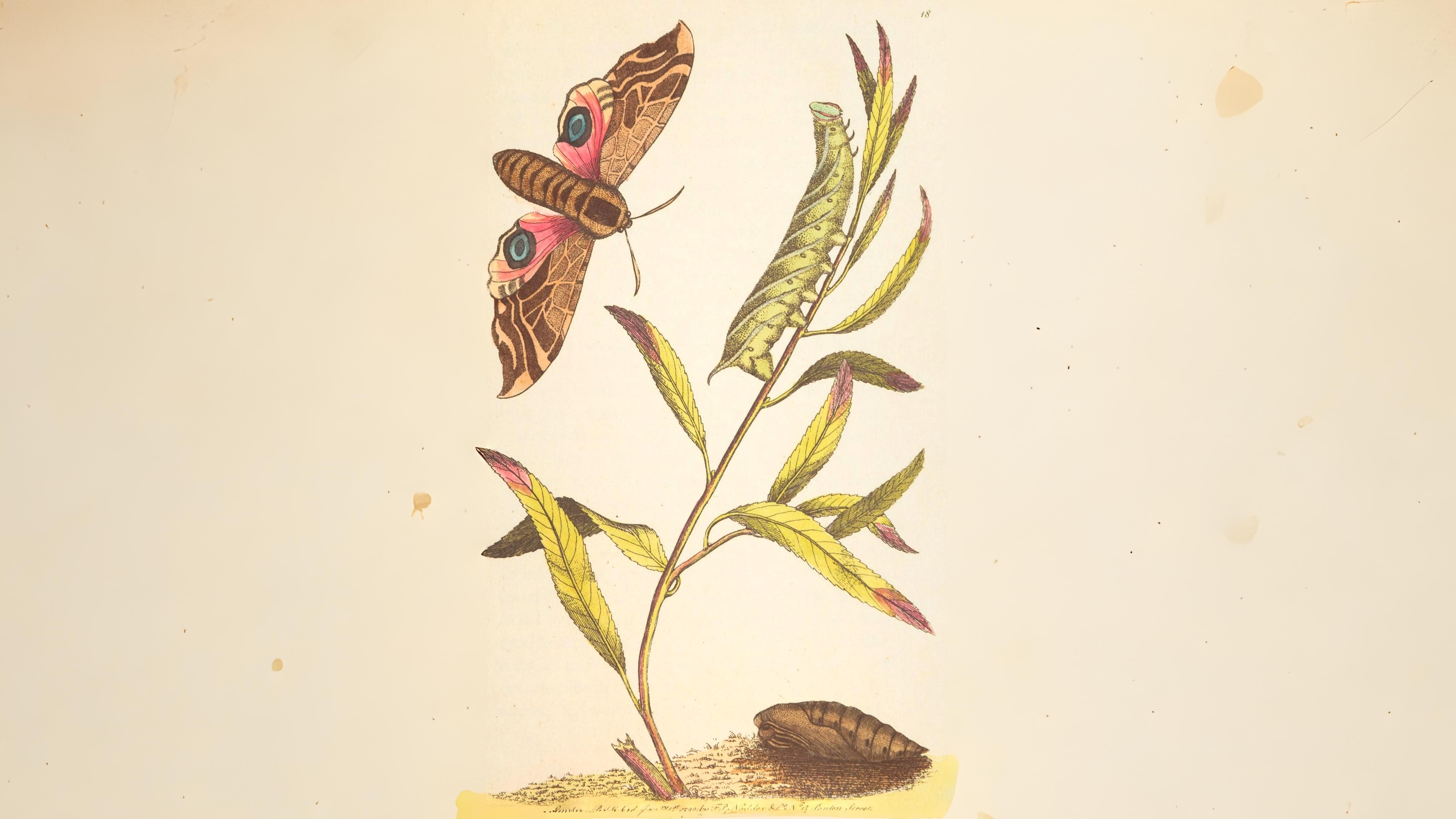

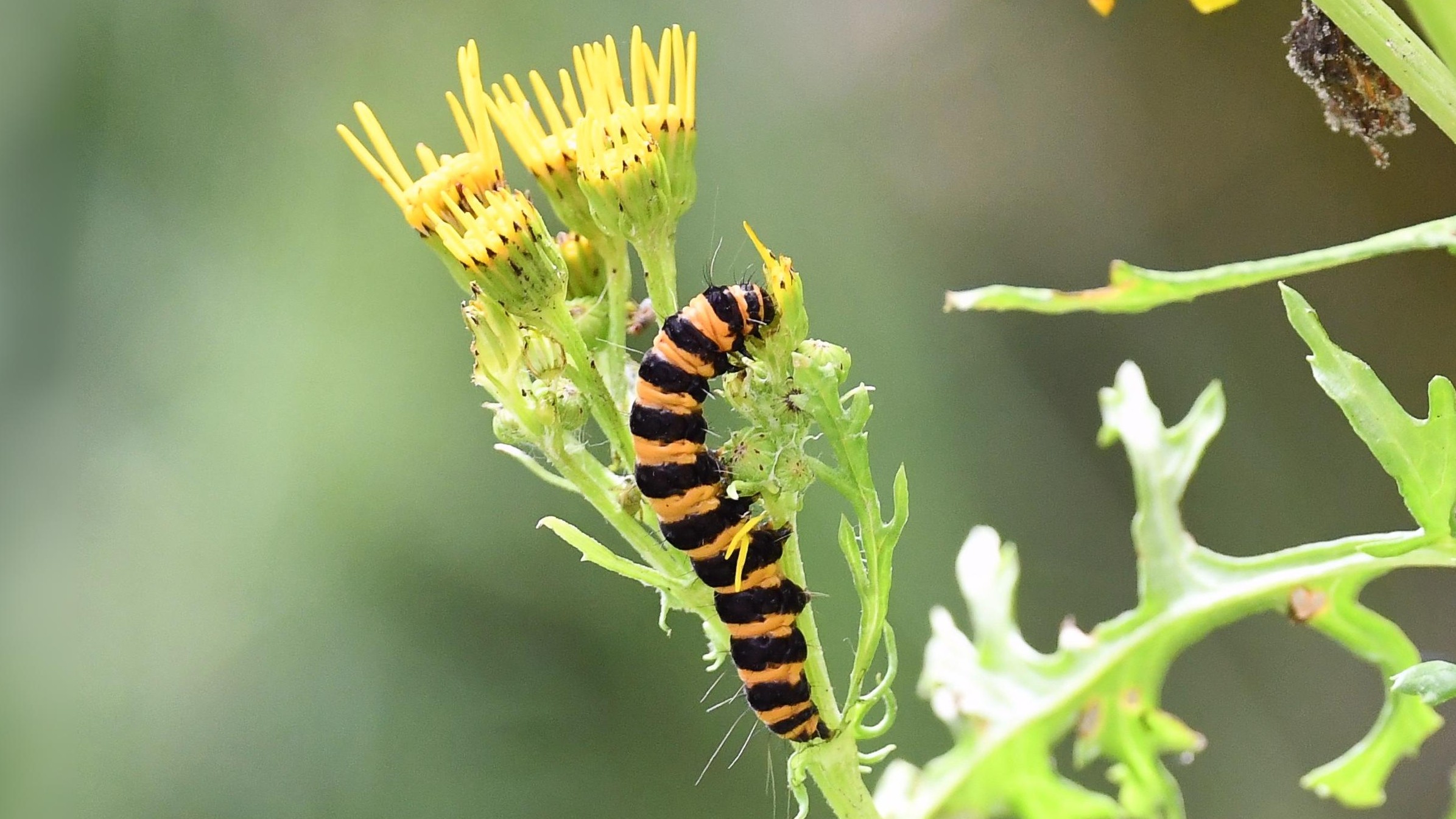

A caterpillar much more easily found at this time of year is the Campion moth Sideridis rivularis (35 mm.). If the ripe fruit capsules of White campion are examined, inside there is often a small “pot” of seeds waiting to spill out but occasionally instead there is a large caterpillar sequestering there during the day, presumably having eaten the capsule’s contents.
